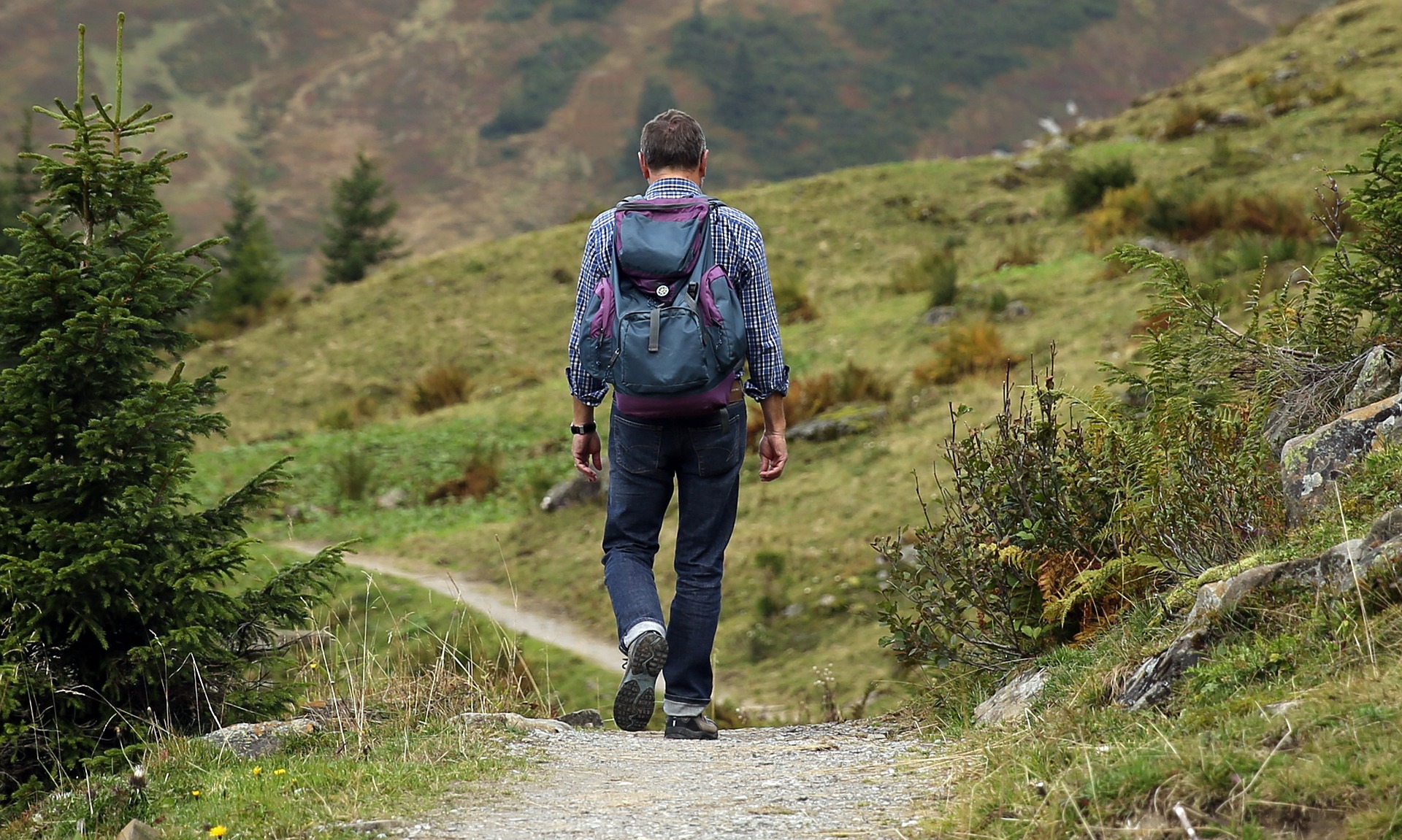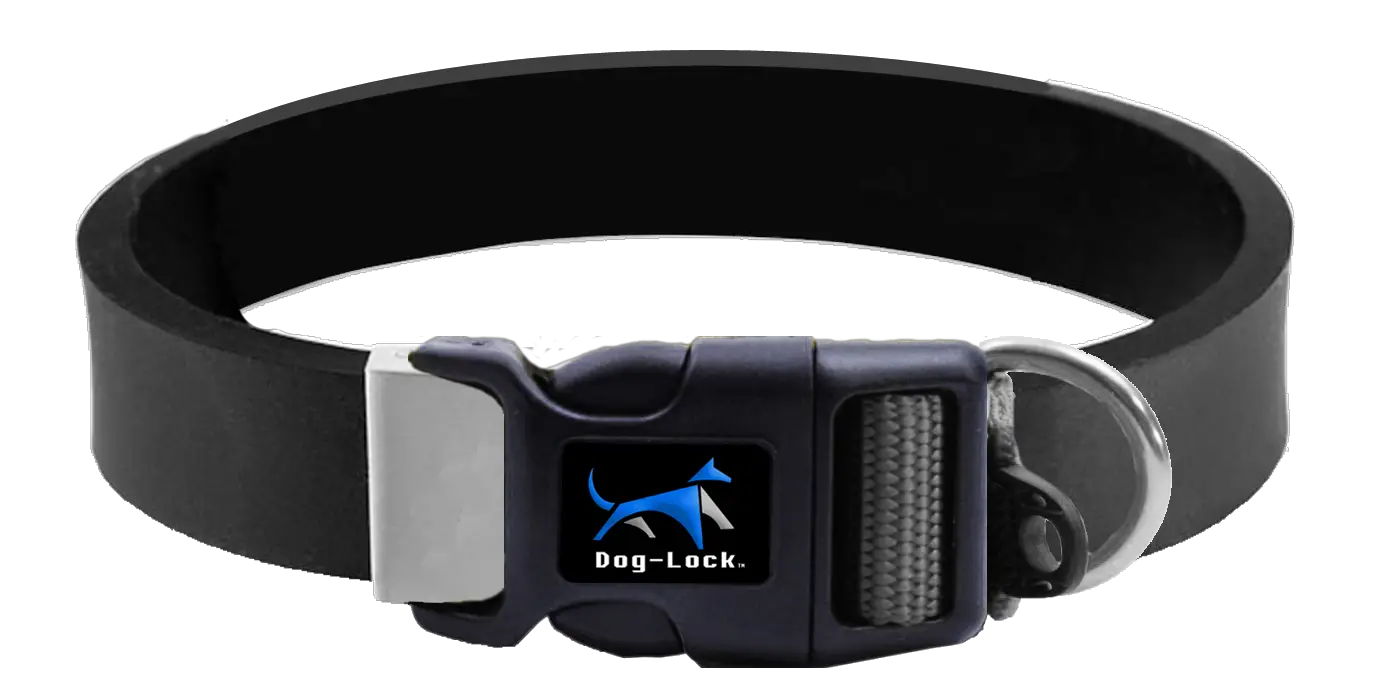Light Backpacking Tricks You Must Know About!
 Light Backpacking Tricks You Must Know About!
thegearhunt.com
Light Backpacking Tricks You Must Know About!
thegearhunt.com
Packing your backpack for an outdoor adventure can get quite tricky. You want to pack light without leaving any vital thing behind. Whether you are camping out in the wild for hiking or other purposes, you need to learn the best way to pack your backpack instead of tossing in everything in a haphazard manner.
Here are some proven tips to help you backpack light and still bring everything that you need;
Before You Start to Pack
Tip #1: Choose Your Backpack Carefully
The first step is to choose your backpack carefully. Traveling light to your outdoor adventure location starts from choosing the lightest possible and portable backpack. This sort of backpack will take all your essential supplies and still feel light on your back.
For a hike all day long, a small backpack may serve you. On the other hand, an overnight hike will require a backpack that would take more supplies, including a tent, a sleeping bag, sufficient food and lots of water.
It is important to mention that capacities of backpacks are measured in liters. When you go out to buy a backpack, you can find one that features 25 to 90 holding capacity. For a day hiking, the average backpack capacity is between 25 and 40. And, for days (up to 5 days) hiking, a backpack with 65 to 90 capacity would be ideal.
Other factors to consider when choosing a backpack for your outdoor adventure would include the season for your hiking or other outdoor adventure. For instance, during winter, you need to go with heavier clothing items, which means larger backpack for your trip. Luckily, some backpacks have been designed for this purpose and include a support frame for heavier items.

As You Pack
Tip #2: Place the Lightest Stuffs at the Bottom
One of the tricks to backpack light and still bring all that you need is to place the lightest stuffs at the bottom of your backpack while putting the heaviest items at the center – between your shoulder blades.
Then, stash the medium items around the lightest and heaviest items. This is a great way to distribute the items in your backpack proportionally and make the load lighter. This method of backpacking will also help to distribute the weight properly so that you’re not pushing more weight to a particular part of your body and pose potential injury.
For overnight camping, additional tip would be to pack the sleeping bag as well as other light sleeping items first. Then, place your changes of clothing items (extra gloves and extra stocks) on top of those.
Tip #3: Use Stuff Sacks to Pack Some Items
Also, using stuff sacks to pack some items will help promote light packing and make your items organized in your backpack. Particularly, stuff sacks are great for packing food. But, avoid using these sacks to pack softer items. These sacks are ultra-light and as a result won’t add extra weight to your backpack.
Tip #4: Consolidate the Items in Your Backpack as Much as Possible
Wherever possible, ensure you consolidate the items in your backpack. Try as much as possible to maximize space and distribute weight evenly. When you consolidate the items in your camping backpack, it will help prevent the case of items wobbling inside your backpack. As a result, the bag will be well-weighted and better organized.
Typical example of items that may wobble is a cooking pot. If you’re bringing a small cooking pot with you, try filling it up some items you’re bringing with you before placing it inside your backpack. This will prevent it from wobbling, and space maximization is also achieved in the process.
Tip #5: Attach Some Items Externally
Instead of bringing an extra bag with you, consider attaching some items externally. For instance, if your tent poles won’t fit into your backpack, strap them to the top of the bag instead. In similar manner, you can choose to attach your water bottle externally by hanging it from the side.
However, when attaching items externally, pay attention to the following tips;
Attach only fewer items. Try your best to get most items inside the backpack. Items attached externally may retard your movement as they come in contact with tree branches and other obstructive items while hiking.
And, when attaching an item externally, observe the rule of placing heavier items on top and lighter items at the bottom or side.
Also, ensure the weight is proportionally distributed just as you would do when packing items right inside the backpack. And, as noted earlier, keep the number of items you attach externally as minimal as possible.

Test What You’ve Backpacked
When you’re done packing all the necessities you need for your outdoor camping, carry the backpack to check how it feels. Tighten its compression straps in a manner that would promote comfort. Then, move around to check what the load feels like.
If you’re comfortable, the load feels evenly distributed and the pack feels secure and compressed, it means you’re ready to go. On the other hand, if you’re not comfortable and feels more weight on one side or items wobbling inside your backpack, then you need to revisit the pack and adjust items inside.
The next step is to protect your backpack with a pack cover. The cover usually comes lightweight and convenient to help prevent your backpack from being soaked by snow or rain. The cover is indeed a helpful item especially for unfavorable weather.

You can simply attach the pack cover externally since it’s light weighted, so that you can access it with ease. You may also choose to put it on top of your packed items inside your outdoor backpack.
Finally, interact with pro and regular campers/hikers to learn additional tricks and tips on how to backpack light and still bring everything you need for your outdoor adventure. No man is an island of his own, you can definitely learn a lot from others, especially those who camp and hike every now and then.















